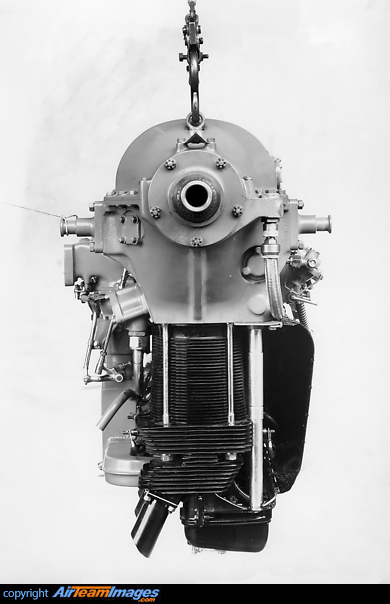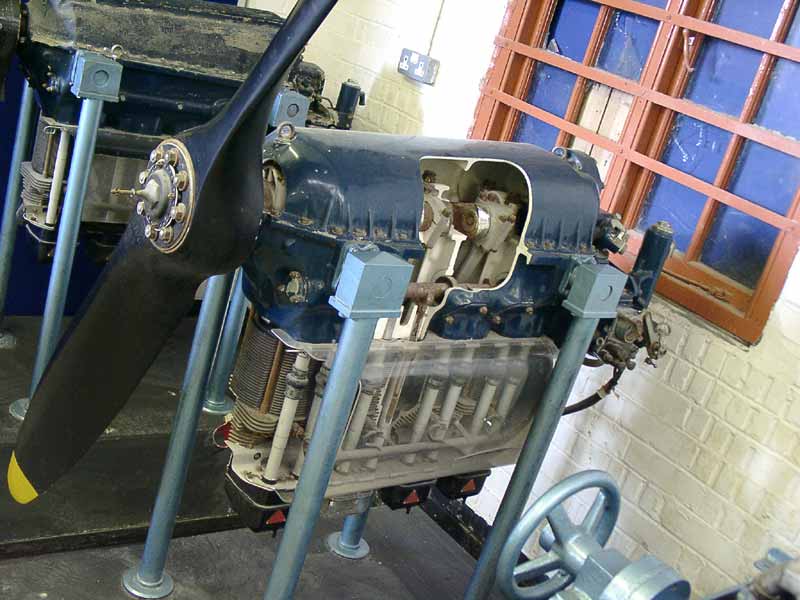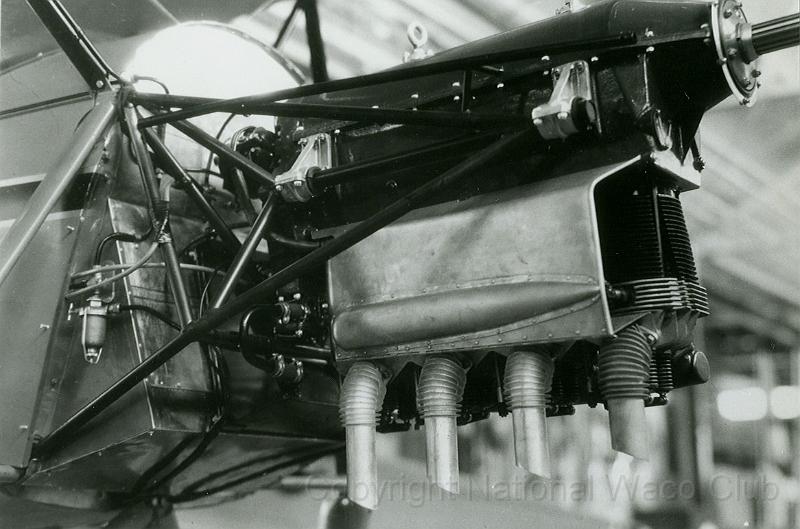They burned too much oil. The cylinders extend into the case to prevent oil running into them, but they still have to deal with oil dripping off the crank after shutdown, and oil scraped off the walls during run doesn't want to leave. With upright inlines, gravity will help get the oil off the walls, and in opposed engines there's no real obstacles to oil leaving the cylinder, but an inverted engine has gravity working against oil control.
So the plugs foul up and the oil consumption is considerable. The Auster I flew, towing gliders in the '70s, burned as much as a quart of W100 an hour, depending on the brand. IIRC, the Texaco lasted longer than the Shell. The airplane had a 12-quart oil tank.
And that leads us to another issue: more stuff under the cowl. The engine has three oil pumps: one to take oil from the tank and shove it into the engine's workings, and one scavenge pump at each end of the crankcase to extract the used oil and send it back to the tank. Changing pitch attitude demands two pumps, see.
And oiling the rockers becomes a problem. You're supposed to take the rocker covers off every 25 hours, dump out the old oil, and refill them with new oil and put them back on. Not a user-friendly idea. On my airplane, the lifters leaked enough to keep those covers full and then some, and it leaked out of the overflow tubes and made a mess in the cowl and down the belly.
This doesn't endear it to aircraft manufacturers trying to sell airplanes to guys in nice clean clothes. Oops, I mean men. There is a difference between men and guys, according to Dave Barry. Guys don't mind getting dirty. They aren't helpless when something breaks. Most women wish their husbands were guys.
'Nuff of that.
Still, it was a cool engine, with a distinctive sound, and pulled better than any opposed engine of equivalent horsepower, probably due to the seven-foot prop turning at a lower RPM. I'd be willing to put up with the leaky, oily mess if I had another one. Harley owners do, don't they?
Dan









